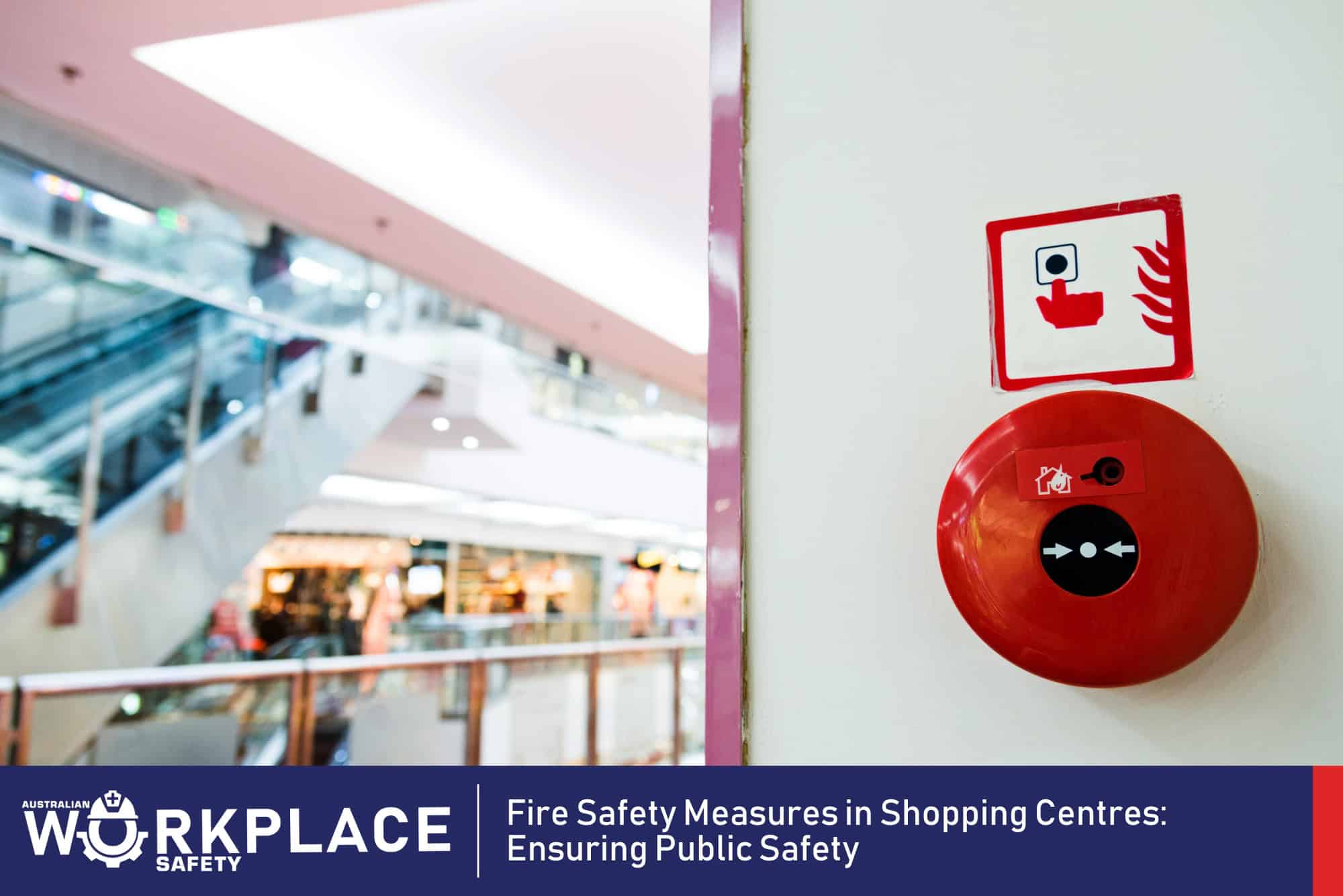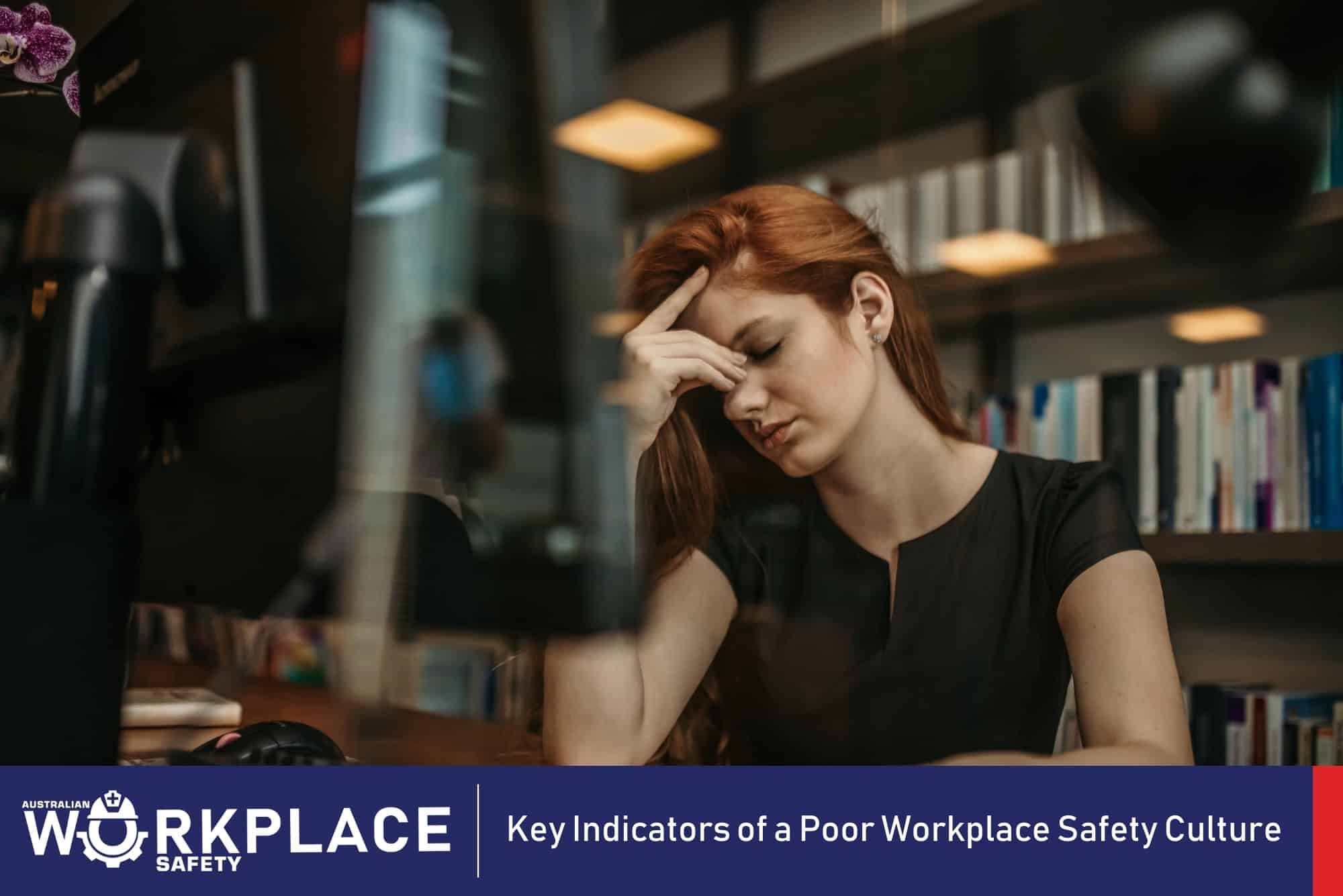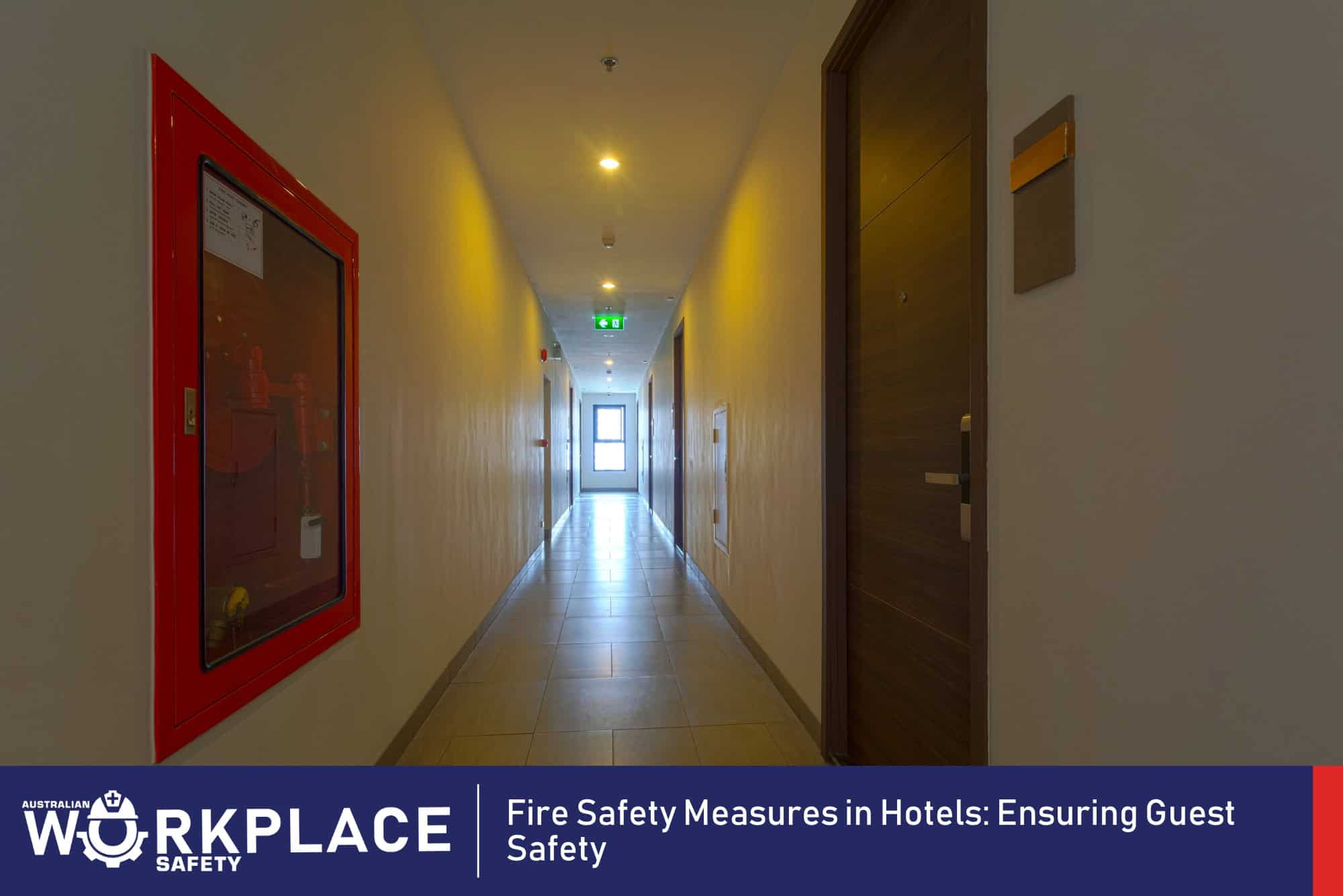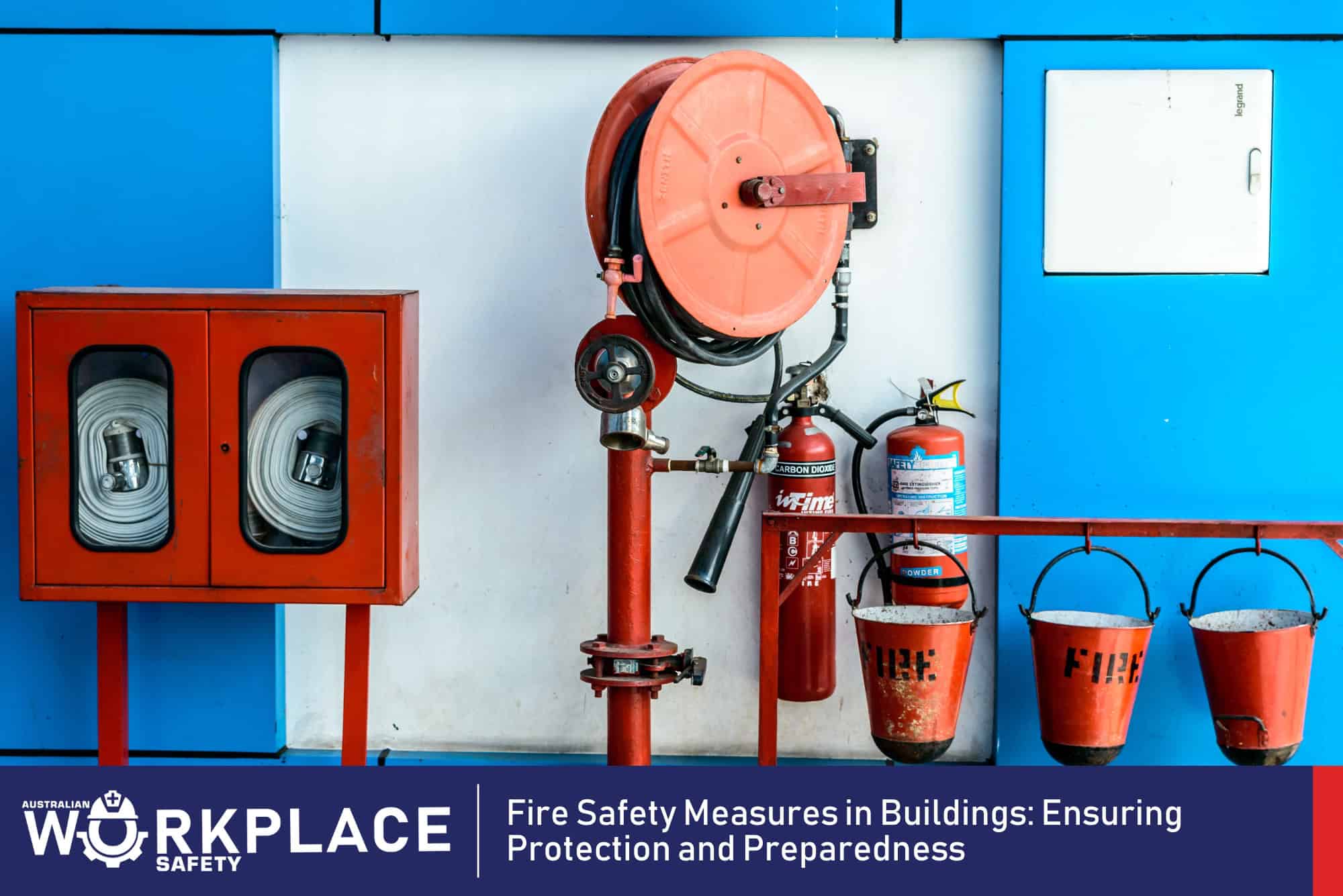How does Bullying and Harassment apply
In a workplace setting, it is crucial to differentiate reasonable directive and management from behaviours that may be perceived as micromanaging, bullying, or harassment. These negative practices can harm worker morale, hinder productivity, and create a hostile work environment. In one of the previous blogposts I wrote on the subject titled, “Bullying – The importance of Education and Awareness training” I mentioned the example of the media report on the UK politician, Dominic Raab’s who received complaint on his behaviour by staff members and his response was that he was merely doing his job. To ensure this does not happen it is important to take a few steps by educating staff and ensure they understand the distinction as outline below
What is Reasonable Directives and Management
Firstly, reasonable directives and management is defined as the act of setting clear expectations and providing guidance to workers while considering their abilities, limitations, and available resources. It involves striking a balance between pushing individuals to achieve their best and acknowledging their limitations. Reasonable management focuses on fostering a supportive and motivating environment that encourages growth and improvement.
Micromanaging vs. Reasonable Management
Micromanaging involves excessive control and constant interference in a worker’s work, often resulting in decreased autonomy and worker disengagement. In contrast, reasonable management focuses on setting clear expectations, providing guidance, and supporting worker growth without excessive control.
The key differences between Micromanaging and Reasonable Management
These include:

Bullying and Harassment
Bullying and harassment create a toxic work environment that can have severe negative impacts on worker well-being and job satisfaction. It is crucial for staff to understand that reasonable management practices should never cross the line into bullying or harassment.
Often reasonable directives and management are confused with or claimed to be bullying and harassment, yet in fact the individual is being consulted on the requirements of thee task or quality standards of the work that need to met. The table below will show the clear differences.
The key differences between Reasonable Management and Bullying and Harassment
These include:
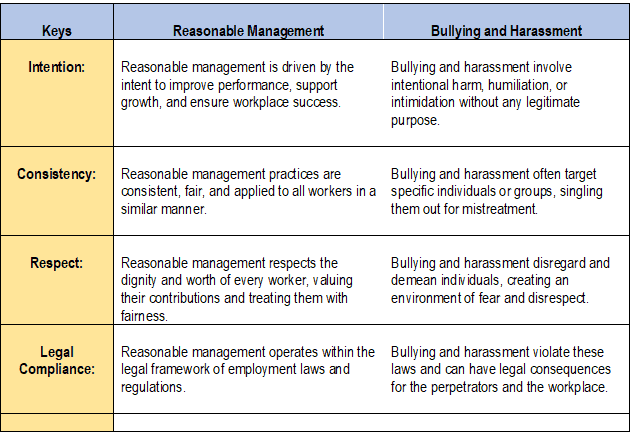
Promoting a Healthy Work Environment
Having a healthy work environment is important to developing a productive workplace, which promotes job satisfaction and moral.
To ensure a healthy work environment, leaders can take the following steps:
Training and Education
Provide regular training and education programs that raise awareness about reasonable management practices, workplace expectations, and the prevention of bullying and harassment.
Policies and Procedures:
Develop clear policies and procedures that outline the workplace’s commitment to fair treatment, respect, and zero tolerance for bullying and harassment. Communicate these policies effectively to all staff members.
Reporting Mechanisms:
Establish confidential reporting mechanisms for workers to report any concerns related to unreasonable management practices, bullying, or harassment. Assure workers that their concerns will be taken seriously and handled appropriately.
Support Systems:
Offer support systems, such as worker assistance programs or counselling services, to assist workers who may be affected by bullying or harassment. Ensure that workers are aware of these resources.
Lead by Example:
Leaders should exemplify respectful and fair behaviours, treating all workers equitably and addressing any instances of bullying or harassment swiftly and decisively.
In Summary
By educating staff on these distinctions and promoting a culture of respect, trust and open communication, workplaces can foster a positive work environment where workers thrive, feel supported, and contribute to the success of the business.

